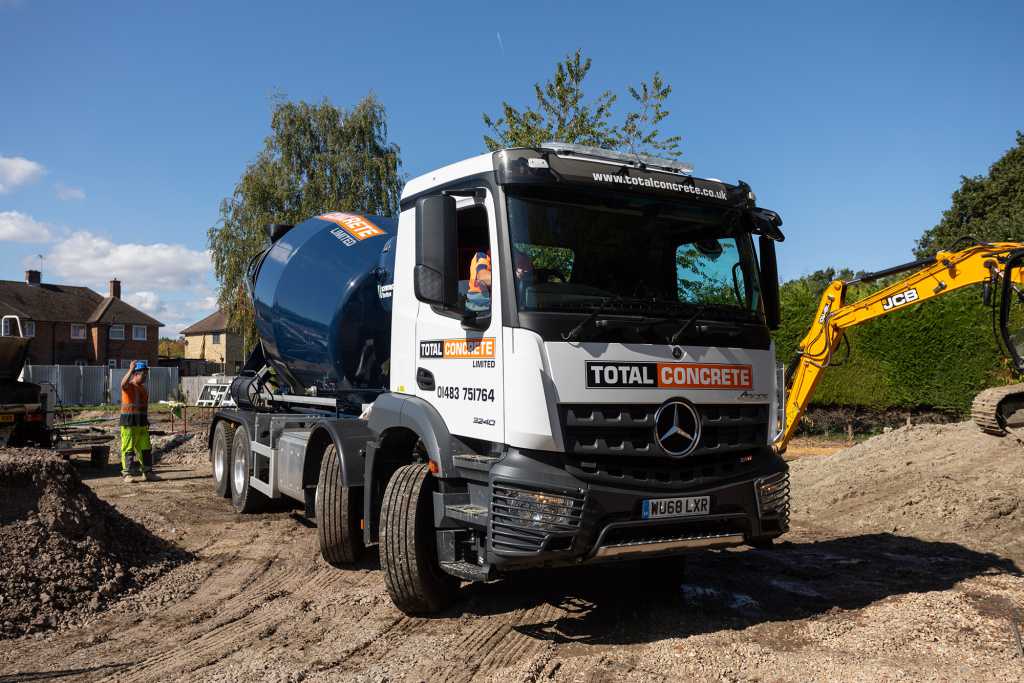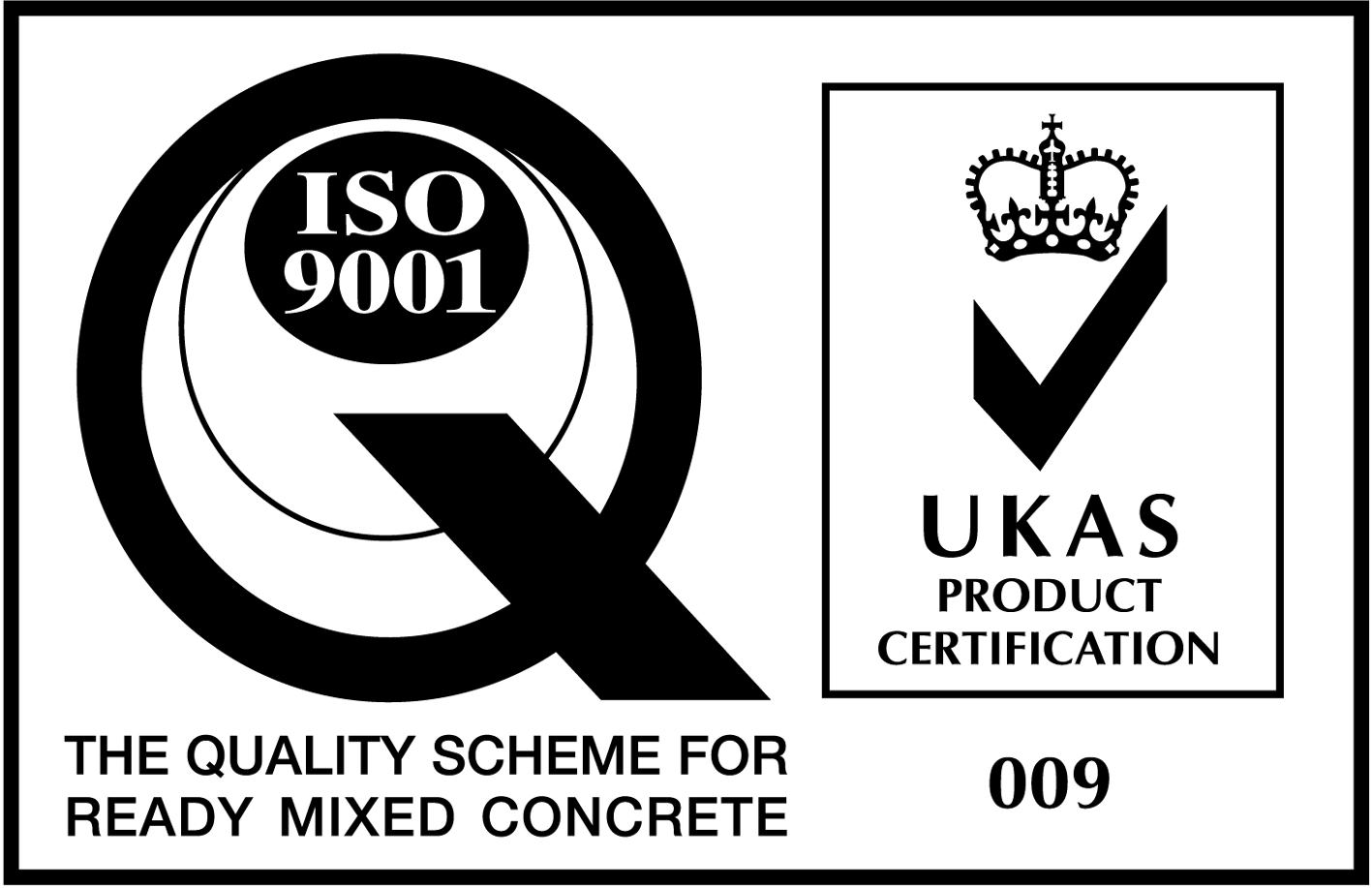Guide To Pouring Concrete in Hot Weather
The UK is bracing itself for a scorching summer. Temperatures are soaring into the thirties, showing no signs of letting up, so for those of us planning to get stuck into some construction, what effect will the heat have?
Pouring concrete in hot weather can be a challenge for the unprepared, but by checking out this handy guide, you’ll know what to expect.

How can hot weather affect concrete?
The main thing you have to worry about is the concrete setting too quickly. Water is one of the three core ingredients of a concrete mix, and when it mixes with cement, the hydration process begins. This is where the concrete begins to set and gradually develop its strength. In hot weather, setting time is severely reduced.
This presents a few issues. Firstly, the quicker your concrete sets, the harder it is to finish the concrete properly in time. Even minor delays can end up affecting the integrity of the mix, so you should take measures to keep the pour site as cool as possible.
Secondly, when concrete sets prematurely, it becomes much more prone to cracking. Seeing a slab develop noticeable cracks — which inhibits the strength and durability — not long after pouring is both disheartening and frustrating. To fix things, you’ll have to redo the pour from the start.
So hot weather can, if you let it, ruin a concrete pour. But you can make sure this doesn’t happen.
What precautions should I take?
If you’re pouring ready mix concrete, you need to first make sure that your pour site is ready to go as soon as the concrete is delivered. If the pour site is hard to reach, make arrangements so the concrete can be poured quickly — ask your supplier for pump hire options while ordering your concrete.
If you can, try to arrange your order as early in the morning as possible. The temperature peaks around noon and early afternoon, so if you make time in the early morning, when the air is cooler, you can avoid the extreme heat.
Before your concrete arrives, you can use water to dampen the sub-base as well as the timber forms. This just helps to keep the site cool, aiding the hydration process during the pour. You should also erect some sunshades and screens to keep the work area out of direct sunlight. Keep all equipment in the shade, too, for as long as possible.
Working in the heat
Concrete isn’t the only thing you have to worry about in the heat. The UK is not used to heatwaves, and many of us aren’t prepared for the extreme conditions; you can’t expect to work at the same pace in the heat as you can when it’s mild.
Make sure you’ve got enough people with you to share the workload and keep yourself hydrated at all times. Avoid using wheelbarrows or labour-intensive working methods, use plenty of sun cream and take regular breaks!
Curing and keeping concrete moist
Concrete needs to go through the curing process to reach its rated strength. To cure evenly, the concrete needs to maintain moisture; evaporation is the enemy. In hot weather, you need to control the curing process correctly so that moisture is not lost too quickly. Premature curing will weaken the concrete. For best results, you should ask your supplier for specific curing advice for your mix.
Professional advice
Your supplier won’t only help you find the correct mix for your project; they can also help you to plan your pour so that it achieves the best possible results. For instance, when laying a concrete slab — for a driveway, for instance — you should cut control joints into the slab after it’s poured. In the heat, these need to be cut closer together.
By discussing your project with a professional, you can mitigate the effects of the heat and ensure the perfect pour.
Total Concrete provide prompt ready mix concrete delivery across Surrey, Hampshire and the surrounding areas. Our expert team is on hand to help you find the ideal mix for your needs, so contact us today for more information or to arrange an order with us.
 Trade Zone
Trade Zone
